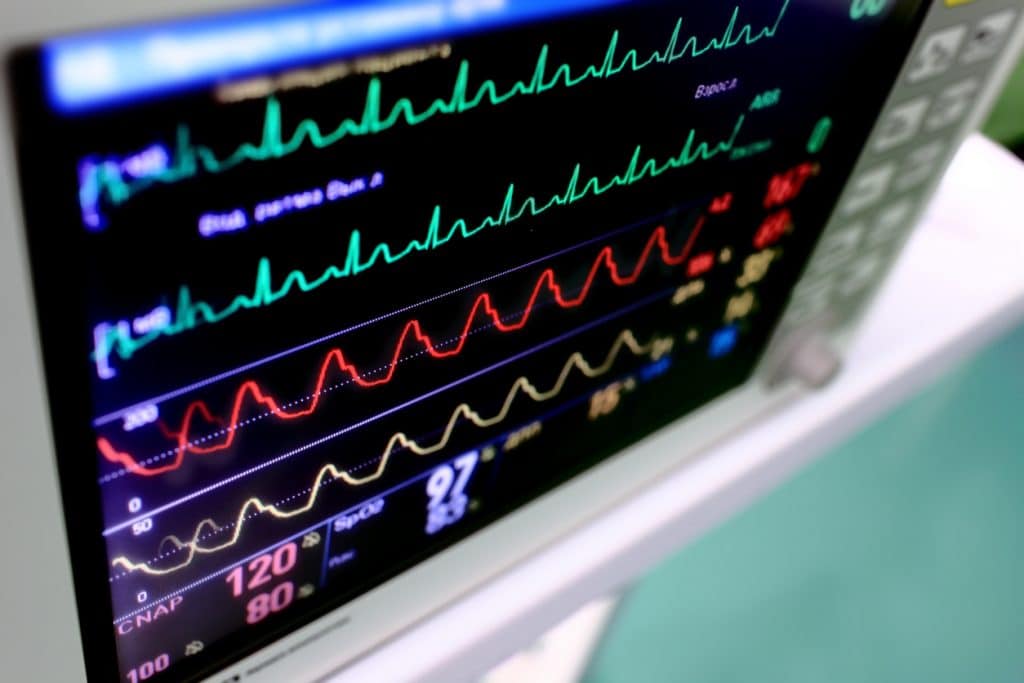Measuring and Monitoring Perioperative Patient Safety: A Basic Approach for Clinicians

Purpose of Review
Recent research points to considerable rates of preventable perioperative patient harm and anaesthesiologists’ concerns about eroding patient safety. Anaesthesia has always been at the forefront of patient safety improvement initiatives. However, factual local safety improvement requires local measurement, which may be afflicted by barriers to data collection and improvement activities. Because many of these barriers are related to mandatory reporting, the focus of this review is on measurement methods that can be used by practicing anaesthesiologists as self-improvement tools, even independently from mandatory reporting, and using basic techniques widely available in most institutions.
Recent Findings
Four mutually complementary measurement approaches may be suited for local patient safety learning: incident and rate-based measurements, staff surveys and patient surveys. Reportedly, individual methods have helped to tailor problem solutions and to reduce patient harm, morbidity, and mortality.
Summary
Considering the potential for perioperative patient safety measurements to improve patient outcomes, the absence of a generally accepted measurement standard and manifold barriers to reporting, a pragmatic approach to locally measuring patient safety appears advisable.
